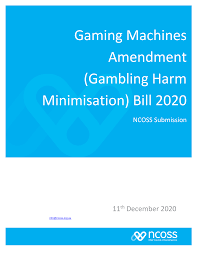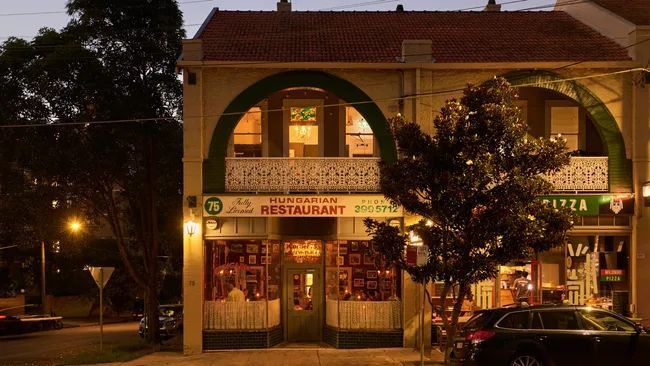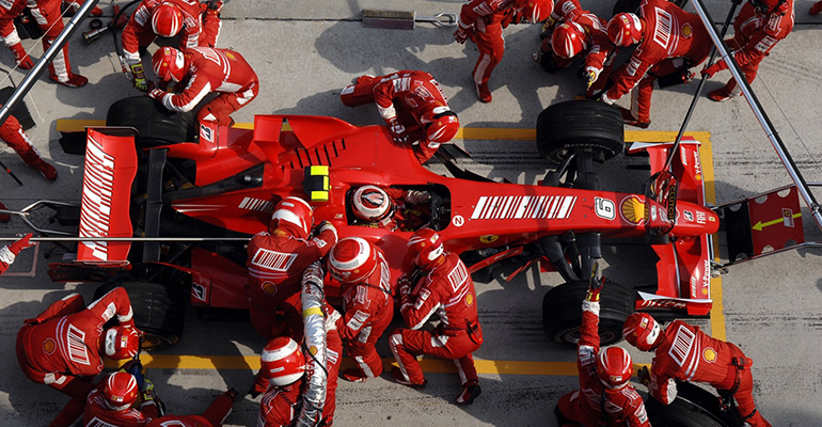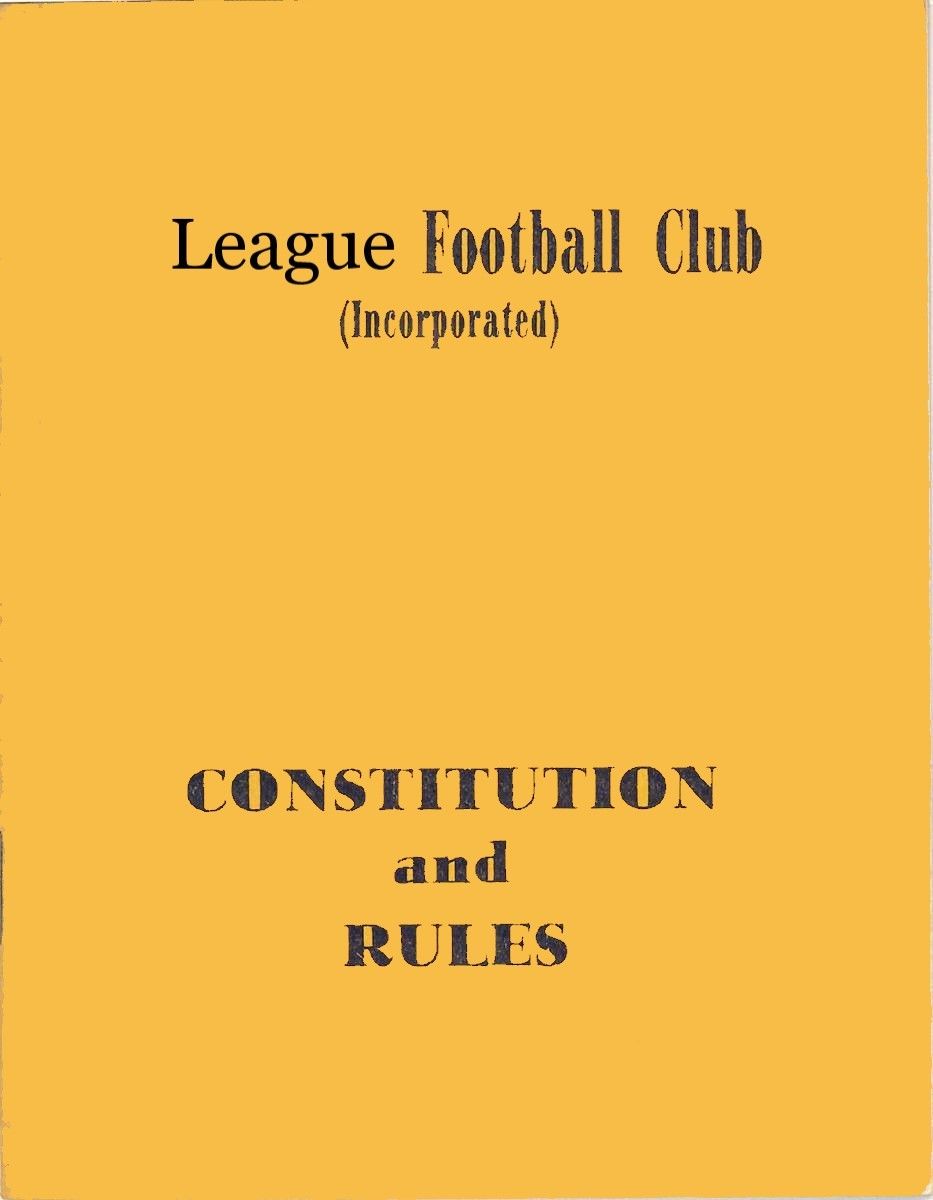Good Governance in a Pandemic
As Winston Churchill was working to form the United Nations after World War II, he famously said, “Never let a good crisis go to waste”. For some time now, ClubsNSW has been advocating that clubs should ‘disrupt their own business model’ before someone, or something, else does. However, I am convinced that no-one in their strategic planning SWOT analysis during any of the past five (5) years would have listed ‘Global Pandemic’ as a threat!
Not even in their wildest dreams in a risk assessment, would anyone have listed ‘complete shutdown for two (2) months’ as a potential risk management requirement….and then Covid-19 hit. For many clubs in regional communities, this was also on top of the disaster that was the 2019-20 summer of catastrophic bushfires.
So what lessons have we learnt from this pandemic? The Australian Institute of Company Directors (AICD) and the Governance Institute of Australia (GIA) have just released a report - Governance through a Crisis - on their research findings, which encapsulates the impact on governance practices brought about by the pandemic and which will live with us long after the pandemic subsides.
From the club industry perspective, the most critical issues highlighted in their report are those related to Crisis Planning and Management. I have long advocated that clubs need a Crisis Management Plan, which must include a Business Continuity Plan and Business Recovery plan, three (3) critical and separate issues. I will address these issues from the board’s perspective and the flow on, of course, that is implementation by management.
Crisis Management – Boards must plan for a crisis – fire, flood, theft, armed robbery and many other things that can create an immediate and pressing crisis for a club, like a COVID pandemic. The club must have a plan for managing the crisis which should include -
- a communications plan – who will talk to the members, staff and the community (through the media)? Importantly, there needs to be control of what is said as well as how it is said
- an operational contingency plan – how will the club operate post a fire or flood event is vastly different, as we now know, to how the club needs to operate post a COVID-19 pandemic
- a risk management plan – how will the club categorise and treat the risks created during and post a crisis?
Crises are dynamic and unpredictable so the board on behalf of the club must be constantly vigilant and work with management to adapt to whatever is thrown at the club. A great example of good crisis management has been the Hot Spot incidents for City Tattersalls Club. Through the club industry’s contact management (sign in) procedures, infection tracking has been simple for the health authorities, to monitor and contain the spread. The club has responded brilliantly to the potential risk of further infection with at least two (2) deep cleans of the club and conservative management of the gym, which was the conduit for the infective guest.
Communications have been very professionally handled by a combination of the Chair, the Chief Executive Officer (CEO) and the Chief Operating Officer (COO), throughout the close down and reopening sequences, keeping members particularly well informed of progress.
All these factors work toward the sort of scenario planning that a good Crisis Management, Business Continuity and Business Recovery set of plans will encompass, ensuring the organisation is as ready as it can possibly be, for any crisis or contingency. During the crisis and recovery the board must be ‘agile’ in its thinking and decision making, so that they can respond quickly to the twist and turns.
Technology - has come to the fore with the pandemic. Even the most computer illiterate individual can now operate an electronic device that will enable them to participate in a Zoom, Webex or Skype video-conference style meeting. Good governance in a pandemic has meant more frequent virtual board meetings (in excess of the mandatory 12 per year), but often of shorter duration and focused on a specific action item the club needs strategic guidance on.
Many clubs are now also conducting their Annual General Meetings (AGMs), as is ClubsNSW for the Regional AGMs, through a blended meeting format, with some people in attendance (suitably socially distanced) and others attending via Zoom or similar. Unexpected efficiencies and cost savings have arisen from this style of virtual meeting, with reduced costs in venue and reduced cost to members and directors, saving time and money by attending from their own office, lounge or dining rooms.
Teamwork – responding to a crisis is something most people can’t really practice and most of us are like tea bags – we don’t know how strong we are until we are in hot water. Crisis tests relationships, which should have been well and truly established before the crisis hits, and through which people’s strengths need to be exploited and weaknesses supported. Cooperation and clear communication are critical for the board and management in times of crisis and the better these occur, the better the team will function. Avoid disharmony and focus on the key governance tenet of ‘doing what is best for the club’.
Innovation – Crisis creates the necessity that is the ‘mother of invention’. Business as usual is no more, in a post COVID world. Our business model is irrevocably changed, as we will need to learn to live with COVID as an ever-present threat. Good governance dictates that our clubs will review and refine our policies and procedures, to include the COVID Safe strategies we have had to implement to be able to re-open our doors, under the Public Health Orders issued by the State Government.
Finding ways to return our trade to pre-COVID levels will be the main strategic consideration for boards in the foreseeable future. How do you recover revenue and profits from reduced operating processes, and limited patron numbers, whilst we comply with the restrictions imposed on us by COVID? That my friends will be the great challenge for Governance in the current pandemic and beyond.
Article written for ClubsNSW Club Life magazine by Ron Browne, Managing Consultant, Extrapreneur Services










